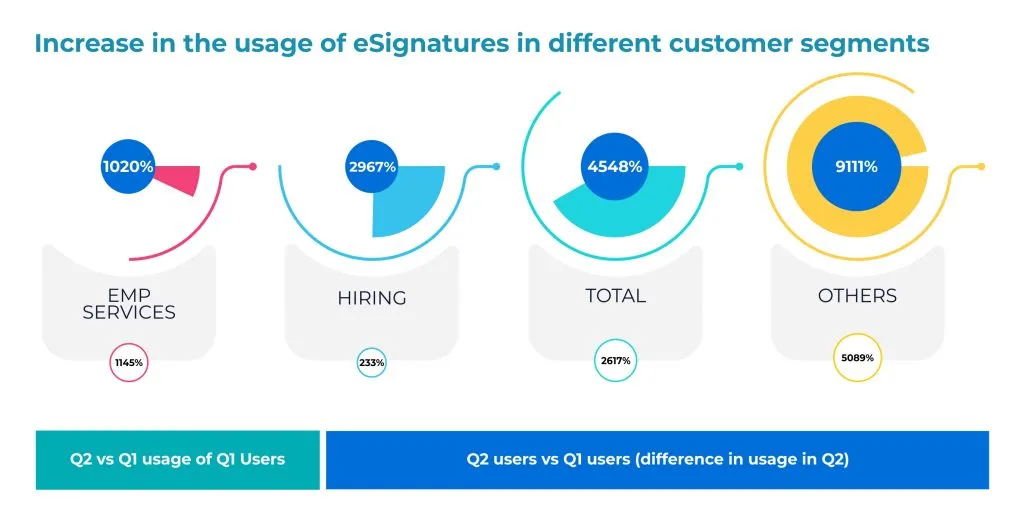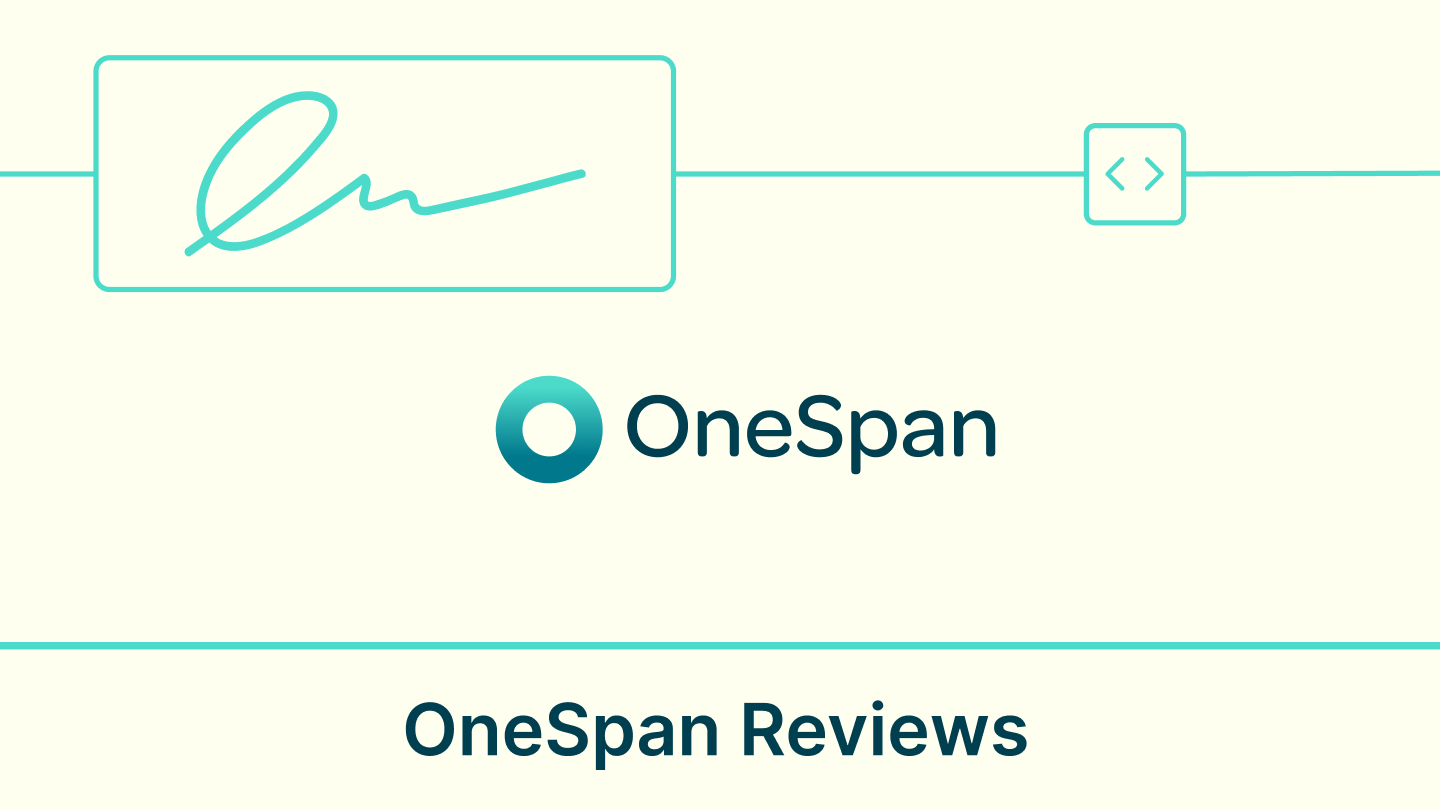
The Human Resources (HR) function has truly embraced eSigning during the pandemic. The numbers speak for themselves, as the count of paid Signeasy users from HR departments tripled (213%) in Q2 of 2020, as compared to the previous quarter. This spike can be attributed to the growing need to hygienically exchange and sign documents relating to tasks including remote hiring and employee services, and work-from-home agreements. Apart from the sterility factor, the shift to a paperless HR workflow improves the candidate experience during the hiring process, streamlines organizational processes, and improves employee productivity.
A positive sign for eSignature adoption
With COVID-19, we all find ourselves in a “unique” situation with limited access to office printers, scanners, and courier services. HR professionals have adjusted to this contactless documentation environment by actively using Signeasy. Their resilience and adaptability is clear from the following usage statistics:
- A whopping 2,530% increase in Q2 of Signeasy usage - self-signing and sending contracts for signature - by HR professionals who signed up in Q1.
- Self-signing among HR users grew a staggering 3,173% in Q2, while ‘sending for signatures’ grew by 2,158%.

Here is a look at the growth in eSignature usage by the HR professionals, as compared to users from different industries: The demand is real, as the average HR professional is seen to have signed 75 documents per account in Q2 - highest among all business verticals. Here are a few reasons why this is happening.
Recruiting remotely & improving the candidate experience
Undoubtedly, it's more challenging to manage the many logistical complexities of remote hiring in today’s business climate. By digitizing signatures on important HR documents -- offer letters, employment contracts, NDAs -- companies can significantly fast track paperwork, and, in turn, improves the candidate experience. Our data shows new HR professional customers are using Signeasy for remote hiring 3,000% more than in Q1. HR can further remote hiring efficacy if all related documents could be sent and signed from within the existing ATS or HRIS itself. Signeasy’s integration with Freshworks and Freshteam allows for this and more.
HR uses eSignatures for a lot for employee services

There are scores of everyday documents that employees need to sign-off on, such as payroll, performance reviews, timesheets, claims, and expense reimbursements. Typically most of it is printed and signed physically, but this sort of admin work can be a major cause for low employee productivity and engagement - especially when working remotely. This explains the 1,020% jump in usage of Signeasy for employee services by new users in Q2 vs new users in Q1. By identifying the pain points and re-engineering the document approval process using eSignatures, HR can delight employees in today’s contactless reality.
The advent of several new use-cases in HR
Our research indicates heavy online documentation of exit formalities in the current scenario of layoffs and economic uncertainty. It even surpasses the number of documents signed for hiring in Q2 (by new users in the quarter) by 17.85%. Additionally, eSignatures are being increasingly used to share and approve onboarding contracts. This is an encouraging sign as HR professionals process anywhere between 10 to 60+ documents while onboarding a new hire. eSignatures reduce the paperwork burden and help HR focus on more strategic tasks. Common onboarding documents include benefits enrollment, handbook acknowledgment, organizational policies, code of conduct, consent forms, and work-from-home agreements. In Q2, double the number of online disinfection invoices were managed by new Q2 users as compared to Q1 users. COVID-19 waivers are also being signed to legally safeguard organizations in the event that an employee contracts COVID-19 at the office.











